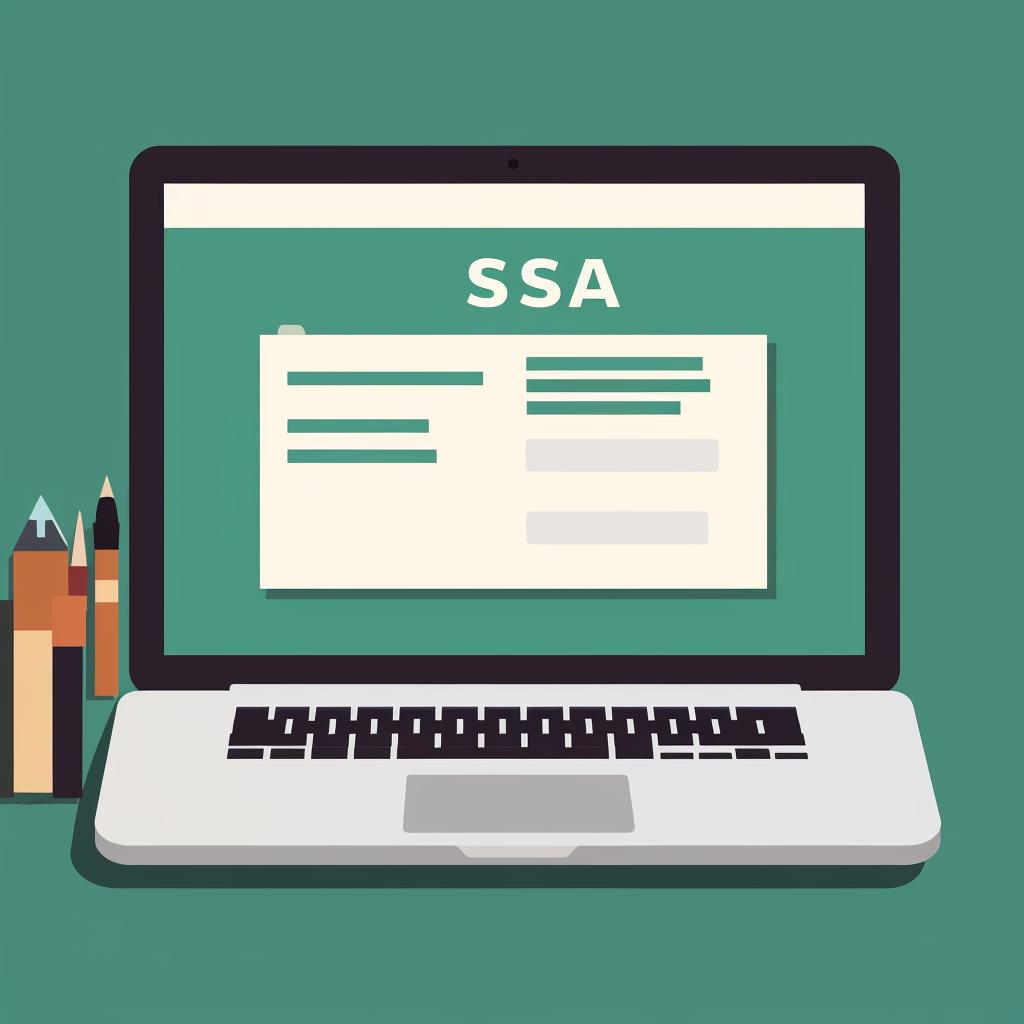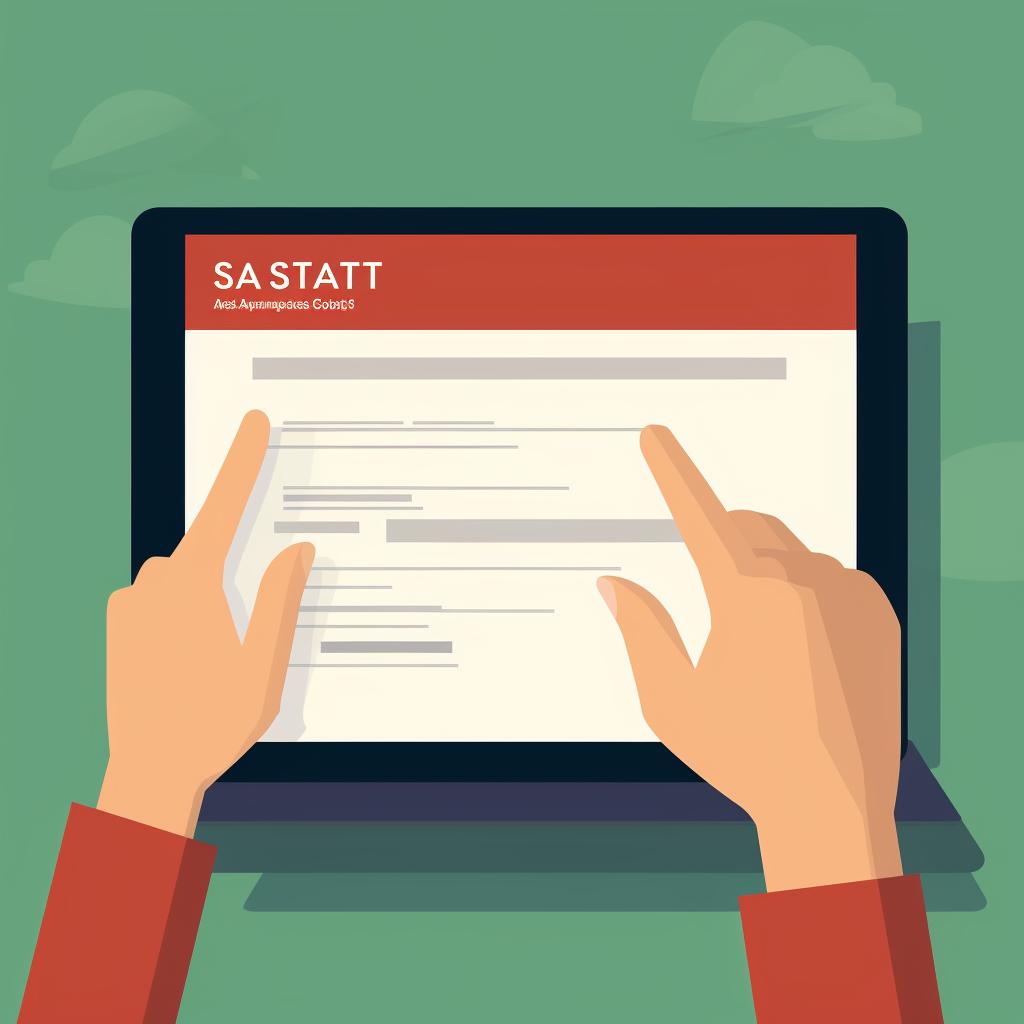📚 The Ultimate Guide to Applying for FAFSA Aid
Securing financial aid for your education can feel like a daunting task, but it doesn't have to be. Our step-by-step guide to applying for FAFSA aid is designed to simplify the process, empowering you with the knowledge you need to make informed decisions about your financial future.
Before you dive in, it's important to understand what FAFSA is and why it's crucial for your financial aid. The Free Application for Federal Student Aid (FAFSA) is a form that can be prepared annually by current and prospective college students to determine their eligibility for student financial aid. Learn more about FAFSA here.
Our guide begins with the essential first step: gathering necessary documents. This includes your social security number, your parents' social security numbers if you are a dependent, your driver's license number if you have one, tax records, records of untaxed income, and information on cash, savings, and checking account balances. It's crucial to have all these documents ready before starting your FAFSA application to ensure a smooth process.
Next, you'll start your FAFSA application. Remember, FAFSA applications are free, so avoid any website that asks you to pay. If you're wondering about the timeline for your aid disbursement and award letter, you can find out more here.
After submitting your FAFSA, you'll receive a Student Aid Report (SAR). This document summarizes the information you provided and gives you an Expected Family Contribution (EFC). You may be wondering, "Can a low-income student with an estimated EFC of $3668 qualify for FAFSA?" We've got answers for you.
While FAFSA is a vital part of securing financial aid, it's not the only option. Scholarships can significantly reduce the financial burden of your education. If you're unsure where to start, check out our guide on where to find legitimate college scholarships.
Remember, applying for financial aid may seem complex, but with the right information and guidance, you can navigate the process with confidence. We're here to help you every step of the way.

















